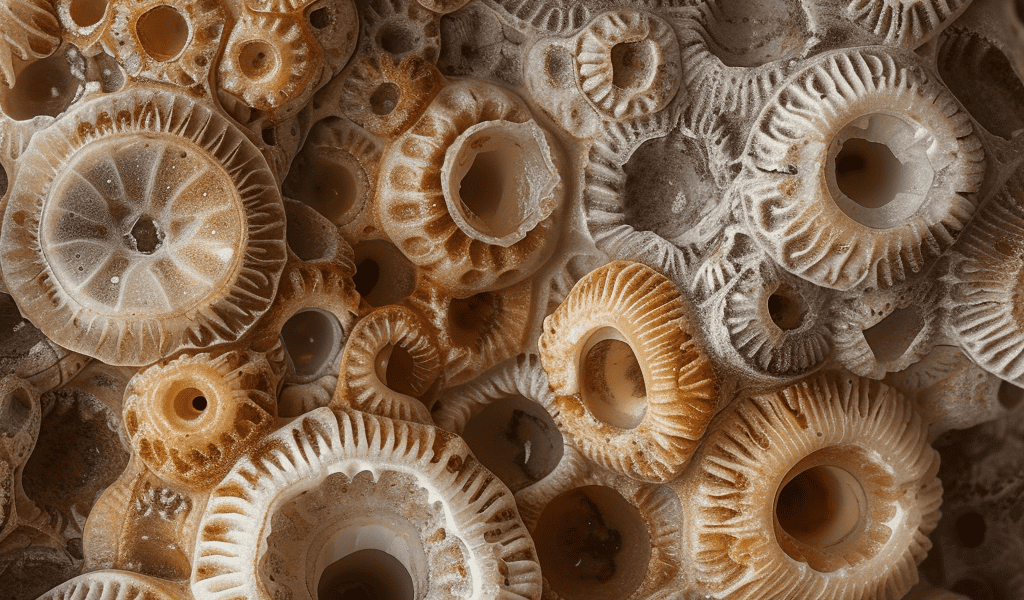In a recent study published in Science Advances, researchers from the Nanjing Institute of Geology and Palaeontology of the Chinese Academy of Sciences have made a groundbreaking discovery of 1.63-billion-year-old multicellular fossils in North China. This finding challenges previous beliefs about the emergence of multicellularity in eukaryotes, pushing back the timeline by about 70 million years.
The exquisitely preserved microfossils are considered to be the oldest record of multicellular eukaryotes, shedding light on the early evolution of complex life on Earth. These fossils, originating from the late Paleoproterozoic Chuanlinggou Formation, offer compelling evidence of the existence of multicellular eukaryotes over 1.6 billion years ago.
According to the lead researcher, Prof. Zhu Maoyan, this discovery is a significant milestone in understanding the development of organismal complexity and large size in eukaryotes. Multicellularity is a crucial aspect of eukaryotic evolution and is often considered a major transition in the history of life on Earth.
Prior to this discovery, the earliest known records of eukaryotes with simple multicellularity dated back to around 1.05 billion years ago, primarily consisting of red and green algae, as well as putative fungi. However, the newly unearthed fossils provide a more intricate view of early multicellular life, offering valuable insights into the morphological characteristics and complexity of these ancient organisms.
The multicellular fossils, named Qingshania magnifica, exhibit a range of morphological variations, with unbranched, uniseriate filaments composed of cylindrical or barrel-shaped cells. The fossils also display a certain degree of complexity, indicating a single biological species rather than discrete entities. Notably, the presence of round intracellular structures in some cells further adds to the significance of this discovery.
This remarkable finding not only expands our understanding of early eukaryotic evolution but also highlights the importance of continued exploration and analysis of fossil records. By uncovering the ancient origins of multicellularity, researchers are paving the way for a deeper comprehension of the fundamental transitions that have shaped life on our planet.





